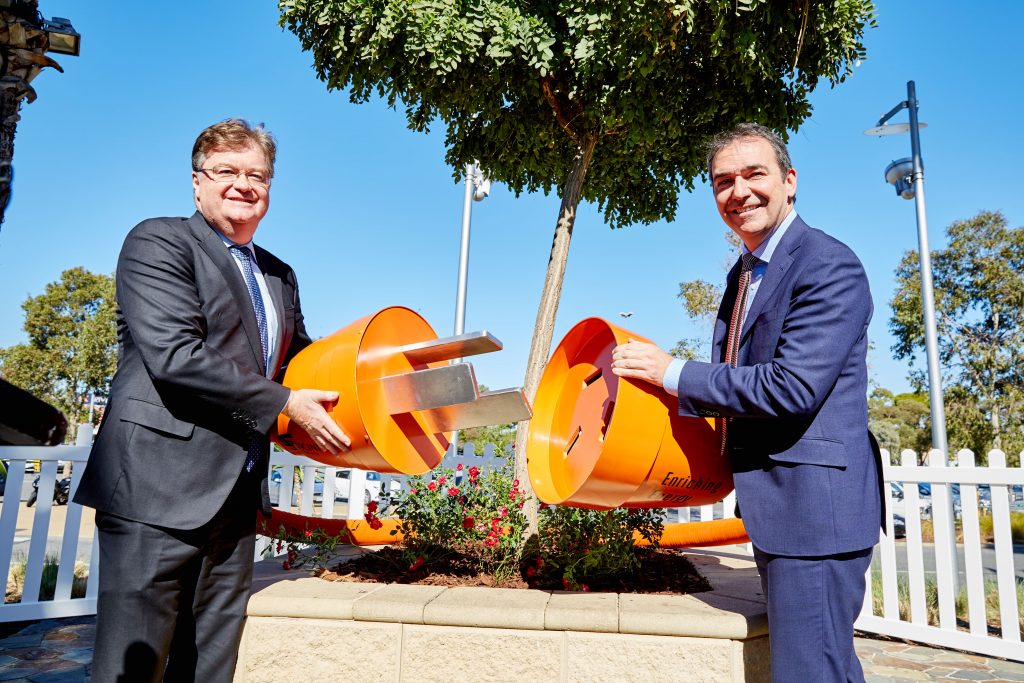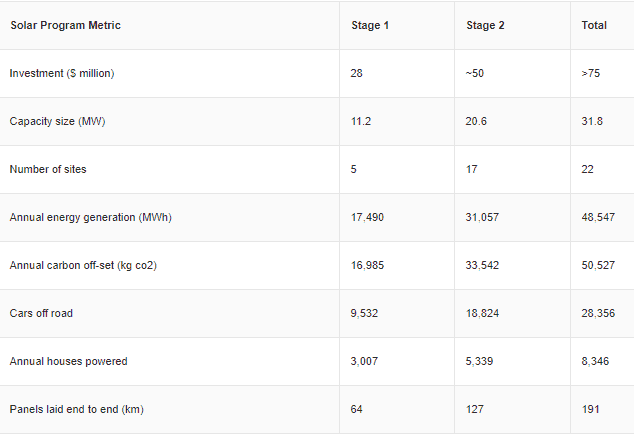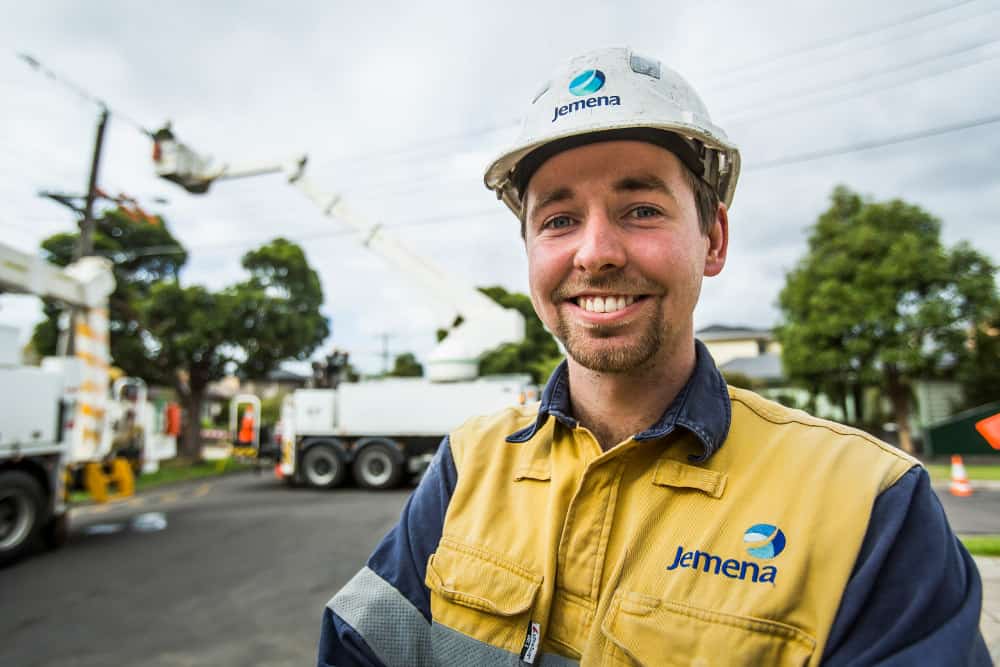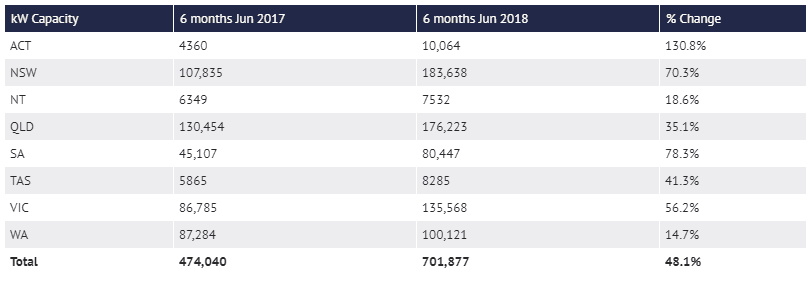Vicinity Centres revealed today that they will spend $75m to install solar at seventeen (instead of five) shopping centres in South Australia, Victoria, Queensland, New South Wales and Western Australia, after previously indicating that thy would ‘only’ be spending $28m to roll our commercial solar across five of their shopping centres. This is being touted as ”Australia’s largest-ever property solar program”.
Vicinity Centres and Commercial Solar for Shopping Centres

We wrote about Vicinity’s initial shopping centre solar plan back in May, when the initial figure was $28m. The scope of what Vicinity are hoping to do have changed drastically over the last few months – and they have decided to throw almost 300% more money at the project and expand it to more states.
Stage 1 will still involve 11MW of commercial solar across five shopping centres and is already underway.
The second stage is expected to be completed by the end of 2019. It involves extending the program to Victoria, New South Wales and Queensland – generating over 31,000MWh of solar energy each year.
“We know our centres have a considerable footprint in our communities which is why we’ve committed more than $75 million towards stage one and stage two of our solar project,” said Vicinity’s head of shopping centre management, Justin Mills, in comments on the project repeated in One Step Off the Grid.
“This investment will generate clean power for our centres for the long term, make a positive environmental impact and deliver shared value for our customers, retailers and investors,” he said.
“As technology advances so does the business case for solar. We anticipate strong investment returns with the project to generate an internal rate of return of approximately 12 per cent, while also reducing our consumption from the national electricity grid by up to 40 per cent.”

The second stage rollout will also create over 300 solar jobs during the construction phase and 40 permanent roles once it’s completed.
Read the original press release by clicking here.





